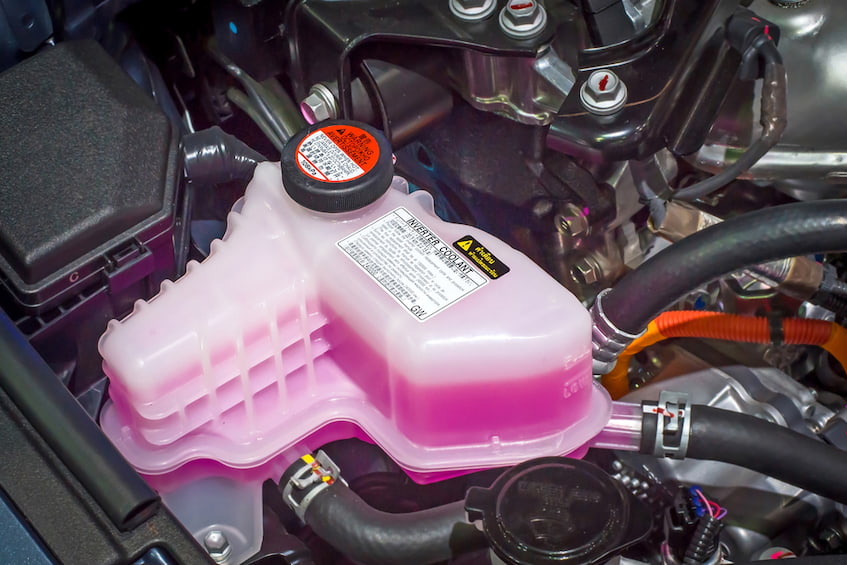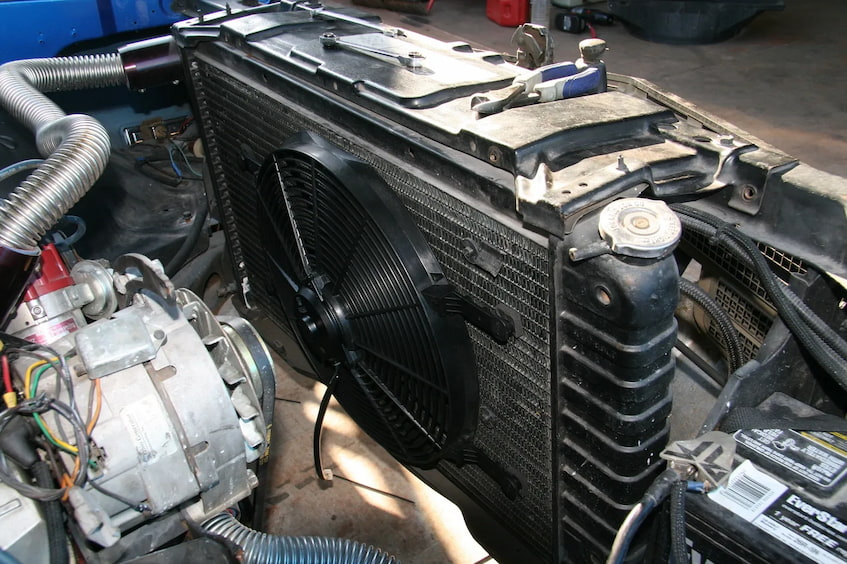
Engine Cooling System 101: Everything You Need to Know
The modern combustion engine may be well past its heyday and facing stiff competition from improving tech in EVs, but it reached the pinnacle of what it can deliver. This is despite all the innovations we’ve seen in recent years. Engines are getting smaller and cleaner, while also requiring to put out enormous amounts of power and sip less fuel in the process. With this comes a lot of heat. Downsizing hasn’t been easy on any engine design, and carmakers are putting in more work and effort in designing cooling systems that need to balance performance and efficiency.
Getting those quoted horsepower numbers and the performance we expect can lead to a lot of unwanted issues. Overheating is one of the main reasons why cars break down. The temperatures inside the cylinder can reach thousands of degrees and this rises as you put your foot down. To prevent parts from literally melting away, your car’s cooling system needs to be both effective and still let the engine reach peak power.
The Basics of Engine Cooling
Most vehicles today rely on liquid cooling. This centres around the circulation of coolant within the different parts of the engine. The goal is to collect excess heat and dissipate it into the surrounding air. While this is the same purpose of an air-cooled engine (like in some motorbikes), engine designs are different between the two systems, There’s more involved in liquid cooling, with more parts. This is more efficient and places fewer requirements on engine designs (meaning more compactness), but more importantly, it implies that engines can reach higher temperatures and therefore more power.

How a Liquid Cooling System Works
Engines work best at defined temperature ranges. For most cars, this is around 90 degrees Celsius. This is enough to ensure the best efficiency in combusting the fuel, and puts less wear on different engine parts. Coolant is the main ingredient in any liquid cooling system. It is circulated through specially-designed passageways in the engine block, absorbing heat as it passes. From here, the coolant makes its way via a network of hoses into the radiator where it is cooled. This can be done by air alone or helped with cooling fans. Vital cooling system parts also include thermostats that regulate the flow of coolant in the system, water pumps that push the coolant along, and temperature sensors that constantly monitor the temperature of the coolant and send this info to the ECU. Let’s take a better look at the different parts:
- Radiators are crucial components where the heated coolant is cooled. They consist of inlet tanks that collect the returning coolant, multiple rows of tubing interspersed with metallic fins to dissipate heat to the surrounding air, and outlet tanks to collect the cooled coolant and prepare it for another cycle. Since the temperature and pressure need to be constant in the system, expanding coolant exits the radiator through a radiator cap and into an overflow tank. This also ensures that there is no loss of coolant. Radiators come in two basic designs – crossflow radiators with the tanks located left and right of the main cooling core, and down-flow radiators with the tanks placed vertically.
- A series of hoses connect the radiator to the engine. One hose connects to the radiator inlet valve, and another to the outlet valve. These then morph into water jackets or sleeves bored through the engine block and cylinder. Their purpose is to allow the smooth flow of coolant.
- Water pumps are responsible for circulating the coolant. They’re often found at the front of the engine, and are powered by a system of belts and pulleys stemming from the crankshaft. The same pulleys are used to run oil pumps and other parts like the air-conditioning. While wafer pumps provide primary cooling, oil and oil pumps lubricate the engine and contribute to secondary cooling.
- Thermostats and sensors regulate coolant flow and temperature. Thermostats are usually found within the inlet or outlet hoses. They can open to let the flow of coolant through the car’s cooling system when engine temperatures are high, or remain closed until the optimal working temperature is achieved. Sensors measure how hot the coolant is and send the info to the ECU, which then regulates the fuelling and timing. They can also trigger the ECU to turn the cooling fan on or off.
Cooling System Issues
Troubleshooting problems in the cooling system generally boils down to observing the temperature gauge in the dash. If the car is hesitant to reach working temperature (despite outside ambient temperatures), or alternately, gets hot really soon or just a few kilometres from startup, then this generally points to issues with one or more parts in the system.

Common issues are cracked hoses that lead to coolant leaks, damaged or ruptured radiators that affect cooling efficiency, stuck radiator caps that often cause damage to hoses, faulty thermostats that fail to open or close and damaged water pumps. An overheating engine is the main result, with smoke seeping through the hood, white exhaust smoke (a sign of burning coolant) and sudden loss of engine power. While it’s common sense to stop the car in a safe place beside the road, overheating can soon seize the engine internals such as pistons and crankshafts, and cause complete engine failure. Replacing parts on time, and before major damage occurs, will save you from huge repair bills down the road, and extend your engine’s health and longevity.


No Comments